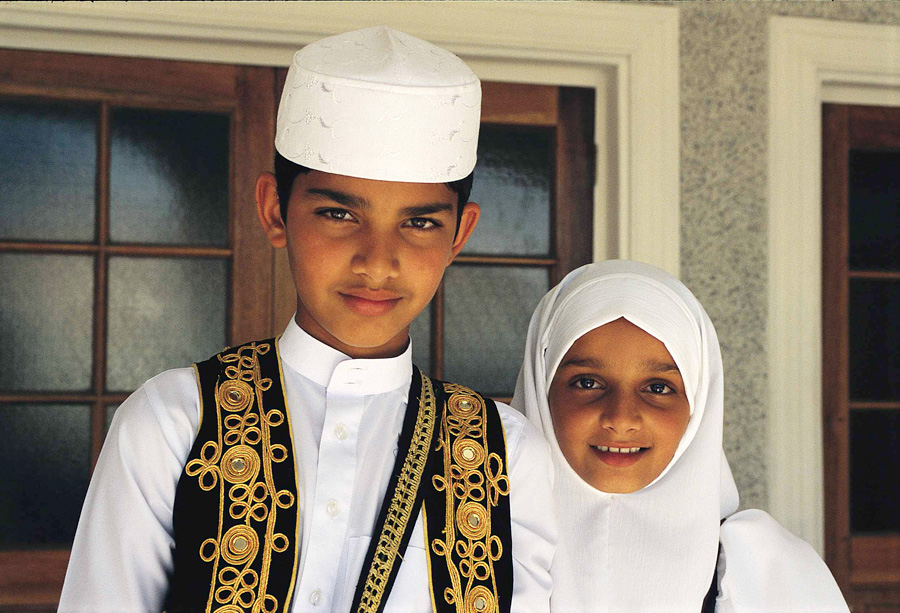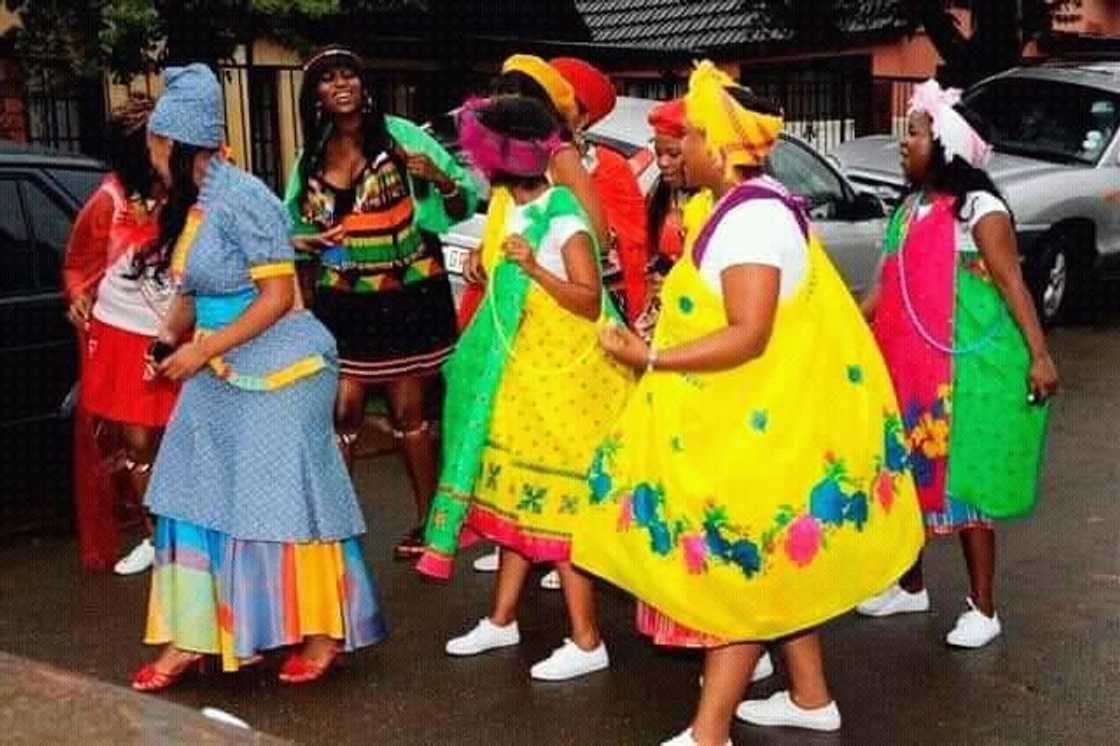Some Known Facts About South African Culture Today.
Some Known Facts About South African Culture Today.
Blog Article
Not known Factual Statements About South African Culture Today
Table of ContentsSouth African Culture Today for DummiesThe 5-Minute Rule for South African Culture TodaySouth African Culture Today Things To Know Before You Get ThisThe Basic Principles Of South African Culture Today All about South African Culture TodayThe Single Strategy To Use For South African Culture Today
This adheres to with singing and drum whipping. The bride-to-be and groom then meet the elders and speak about the significance of their union. A matter of significance in Zambian towns is the passing away of enjoyed ones. All participants of the town put cash, time and effort together for the funeral of the deceased.Music and dancing is a very vital aspect of the Zambian culture. The different tribal units have their own dancing forms; nevertheless, makishi is typical amongst all people.
About South African Culture Today
When it concerns songs, drums are utilized one of the most, with a range of drumming ceremonies. In Zambia, majority of the people are Christian; Protestant and Roman Catholic. There are tiny groups of Muslims and Hindus, with the remainder adhering to local indigenous tribal beliefs.

South African heritage and society is immensely varied, and includes several teams of individuals that each have their own practices and ideas. Having such a diversity of people and societies is what makes South Africa so distinct. In truth sense of the expression, we are a rainbow nation.
South Africa has roughly 3 hundred thousand Portuguese individuals living in it. Making it the 7th on the checklist of nations with the most Portuguese people in it beyond Portugal. Portuguese is not just a culture, however it is also a language and a race. Portuguese individuals stem from the country of Portugal in Europe, nonetheless, because of Portugal (like numerous various other countries in Europe) discovering the globe and conquering other nations during the 15th 20th centuries, South Africa has what we call Portuguese South African's living in it.
South African Culture Today Fundamentals Explained
Among the popular functions of the topography is a plateau that covers practically 2 thirds of the center of the nation. The plateau facility climbs toward the southeast, where it culminates in the Drakensberg range, component of an escarpment that separates the plateau from the seaside areas. The Drakensburg includes Sparkling wine Castle, the highest possible top in the country.
The region north of the Witwatersrand, called the bushveld, slopes downward from east to west towards the Limpopo River, which forms the international boundary. The western section of the plateau, the middleveld, also comes down towards the west and differs in altitude in between the highveld and bushveld. Between the Drakensburg and the eastern and southerly coastline, the land comes down to the sea.
Nearer the coastline there is a low-lying plain called the eastern lowveld. Southwest of the plateau the nation becomes considerably extra arid, paving the way to the stony desert of the Great Karroo, surrounded on the eastern by the reduced, better sprinkled plateau of the Little Karroo. Dividing the dry southern inside from the sandy littoral of the southern coastline and West Cape is an additional array, the Langeberg.
7 Easy Facts About South African Culture Today Shown
The nation's racially, ethnically, and politically split history has produced nationwide and subnational icons that still work as icons of the nation, and others icons that are accepted just by specific teams. The monuments to white inhabitant occupation and political supremacy, such as the Afrikaner Voortrekker ("pioneer") Monolith in Pretoria and the Rhodes Monument recognizing the British colonial empire home builder straight from the source and Cape prime preacher Cecil Rhodes, remain sectarian symbols.
The first contemporary citizens were the San ("bushman") hunter-gatherers and the Khoi ("Hottentot") individuals, that herded animals (South African culture today). The San might have been existing for hundreds of years and left proof of their presence in thousands of old cave paintings ("rock art"). Bantu-speaking clans that were the ancestors of the Nguni (today's amaZulu, amaXhosa, amaSwazi, and vaTsonga individuals) and Tswana-Sotho language groups (today's Batswana and Southern and Northern Basotho) migrated below east Africa as very early as the fifteenth century

The 2 previous republics of the Orange Free State and Transvaal (South African Republic) were developed by Afrikaner settlers that beat and dispossessed the Basotho and Batswana. Lesotho would certainly have been by force included into the Orange Free State without the expansion of British defense in 1869. The best marriage of the nation resulted from the South African Battle (18991902) between the British and the two Afrikaner republics, which minimized the country to ruin at the start of the twentieth century.
Afrikaners historically considered themselves the only real South Africans and, while providing complete citizenship to all homeowners of European descent, refuted that standing to individuals of shade until the democratic shift of 1994. British South Africans preserve a sense of cultural and social link to Great Britain without deteriorating their identity as South Africans.
How South African Culture Today can Save You Time, Stress, and Money.
The diversity and fragmentation within ethnic groupings and the equilibrium of stress between those teams during the twentieth century protected against interethnic civil dispute. While intergroup stress over resources, entitlements, and political dominance remain, those conflicts are as likely to pit Zulu click reference versus Zulu as Zulu against Xhosa or African versus Afrikaner.
From colonial India, British vendors and administrators brought the curved steel decorative roofs and slim lace job pillars that still exemplify the verandas of homes in the areas and cities throughout the nation. Holy places contribute a vital architectural aspect also in the tiniest towns. In enhancement to the soaring steeples and traditional stonework of Afrikaans Dutch Reformed churches, Anglican churches, synagogues, mosques, and Hindu temples offer range to the spiritual building scene.

Butchering and the brewing of standard cereal beer are essential in securing the engagement and a good reputation of the forefathers who are taken into consideration the guardians of good luck, success, and health. Indian neighborhoods preserve their indigenous cooking traditions and apply them on Islamic and Hindu routine and ritualistic occasions. Afrikaners and Coloured individuals collect at weekends and unique celebrations at multifamily barbecues called braais, where area bonds are enhanced.
Because this was the primary economic business of both black Africans and white colonists, dispute in between those groups useful link focused on the possession of grazing land and animals. In 1867, the biggest ruby down payments in the world were found at Kimberley in the west main location. The wealth from those fields aided fund the exploitation of the best gold coral reef worldwide, which was found on the Witwatersrand in 1886.
South African Culture Today for Beginners
This caused misconceptions and calculated misrepresentation in the negotiations of white settlers and government authorities with African chiefs during the colonial period (South African culture today). In the establishment of African reserves, some elements of communal and chiefly "tribal trust" land tenure were protected, and also in white backwoods, forms of public tenure were still practiced in areas with African areas
After the democratic makeover of 1994, programs for land restitution, redistribution, and reform were instituted, yet progress has been slow. The white minority still controls eighty percent of the land. In the wake of farming land intrusions in Zimbabwe, the Division of Land Affairs has vowed to speed up land redistribution.
Report this page